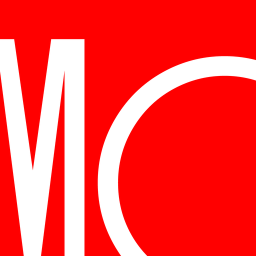Lead manager Clare Hart plans to retire from JPMorgan Equity Income and the firm in fall 2024, which drives the People rating down from High to Above Average. While Hart has been essential to the strategy’s strong track record since 2004, it’s well-prepared to succeed after she retires. Until then, she remains a portfolio manager alongside Andrew Brandon and David Silberman.
In about a year, Brandon and Silberman will lead the seasoned five-person U.S. value team Hart has assembled. Brandon joined J.P. Morgan Asset Management as an equity analyst in 2000, joined this team in 2012, and became a named manager in 2019. Silberman joined J.P. Morgan Asset Management in 1989 and ran portfolios for private clients before serving as the firm’s corporate governance expert starting in 2008; he joined this team as a comanager in 2019. Dedicated analysts Tony Lee and Lerone Vincent joined the value team in 2018 and 2022, respectively. The managers will hire a veteran banking analyst within the year.
Hart and team have honed a process for two decades that doesn’t dazzle but has built stout portfolios. They seek 85-110 high-quality companies with reasonable valuations and the ability to maintain stable dividend yields of at least 2%. Their classic value philosophy says a pool of well-run but undervalued firms with reliable earnings and disciplined capital allocation will beat the market. The key is not in this perspective but in applying it with discipline, as this group has.
Since Hart became a portfolio manager in August 2004, the fund’s institutional shares have gained an annualized 9.1% through August 2023, versus 8.0% for the Russell 1000 Value Index and 7.3% for the typical large-value Morningstar Category peer. The strategy has topped rivals and the benchmark in each of the five U.S. bear markets over that stretch, often by large margins. Since Brandon and Silberman became managers, the strategy has landed between the typical peer and the index, with lower volatility.
Such a loss would often signal future mediocrity, but the well-built team and thorough approach instill confidence in this strategy, which is closed to new investors in the United States.

